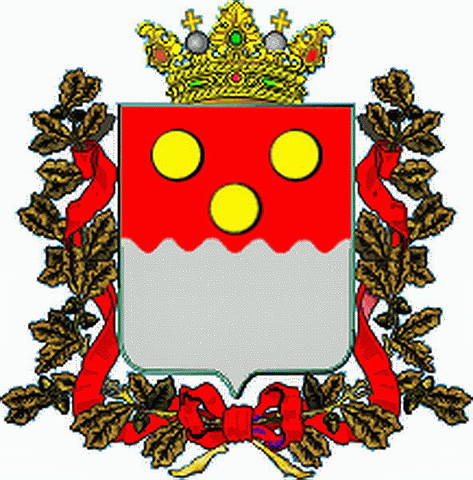Hello!
This is not fake and this is not Iranian. I believe this is Batumi region in the Russian Empire.
According to the San-Stefan and Berlin peace treaties, part of the Lazistan sandjak of Turkey passed to the Russian Empire, from which on September 20, 1878 the Batumi region was formed, consisting of the port city of Batum (until 1886 - with the status of porto franco) and 3 districts: Batumi, Artvinsky and Adzhar. The coat of arms of the region was approved on June 17, 1881.
Unfortunately, maker КУ is not yet known to me.





